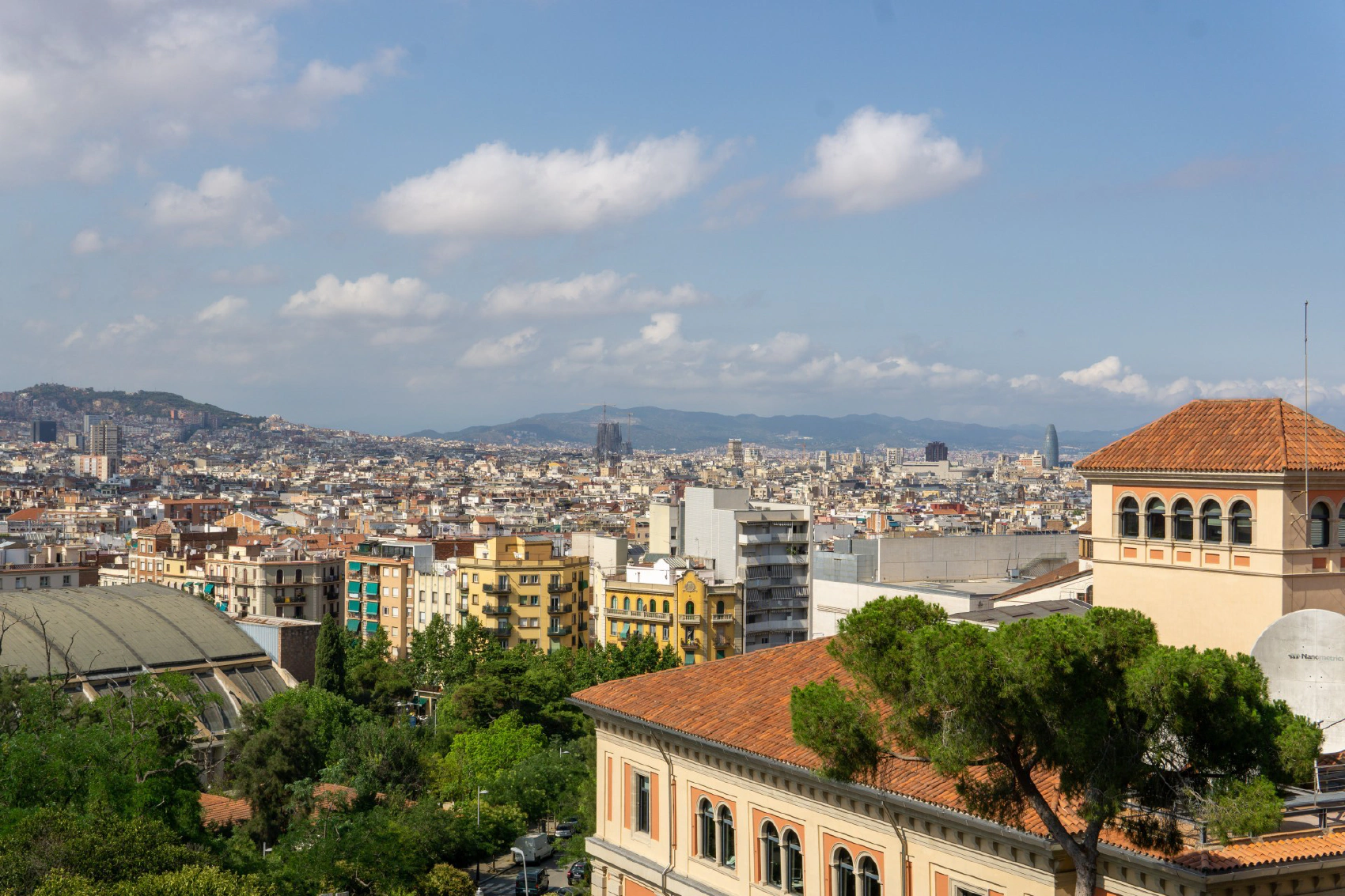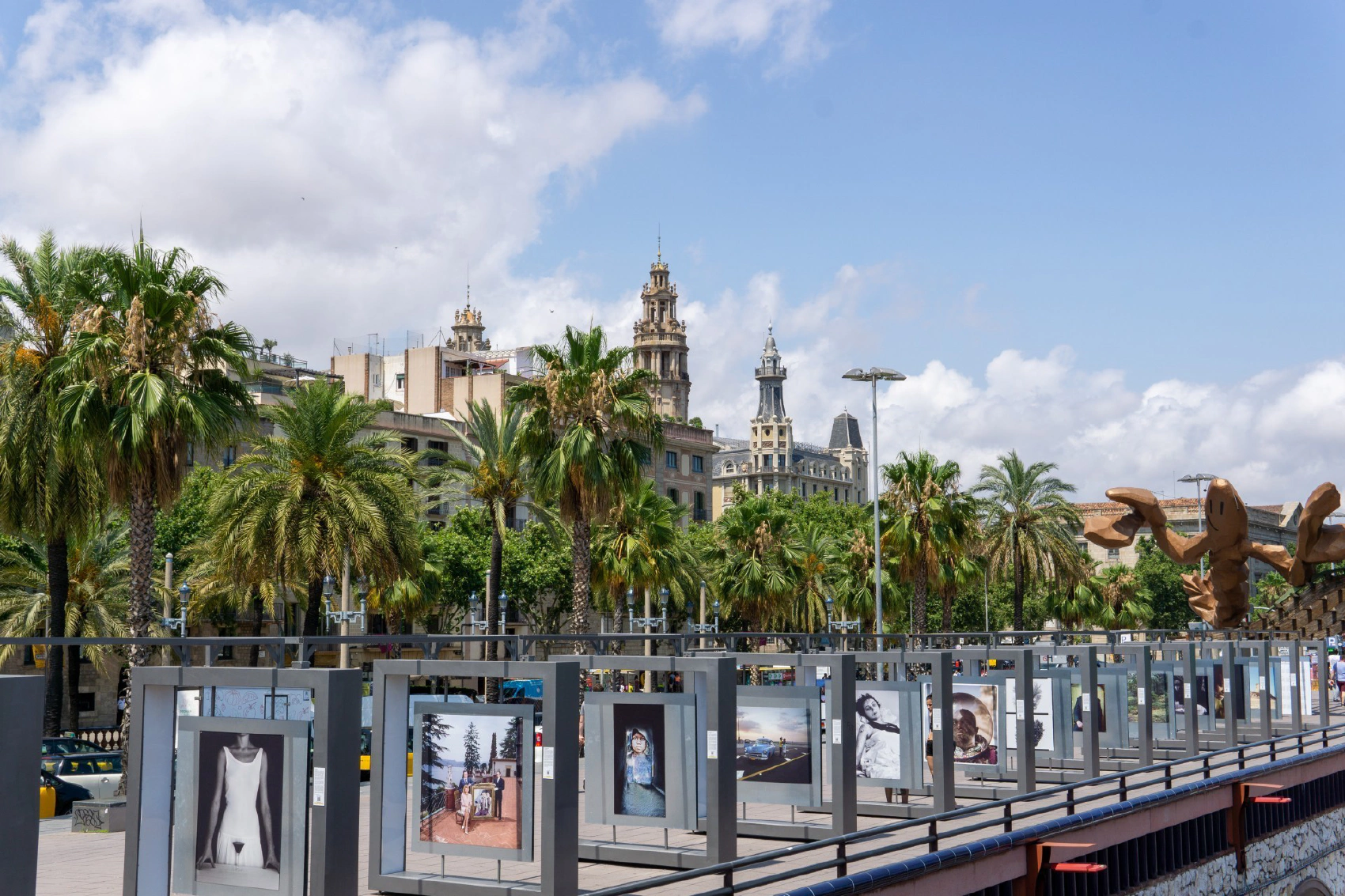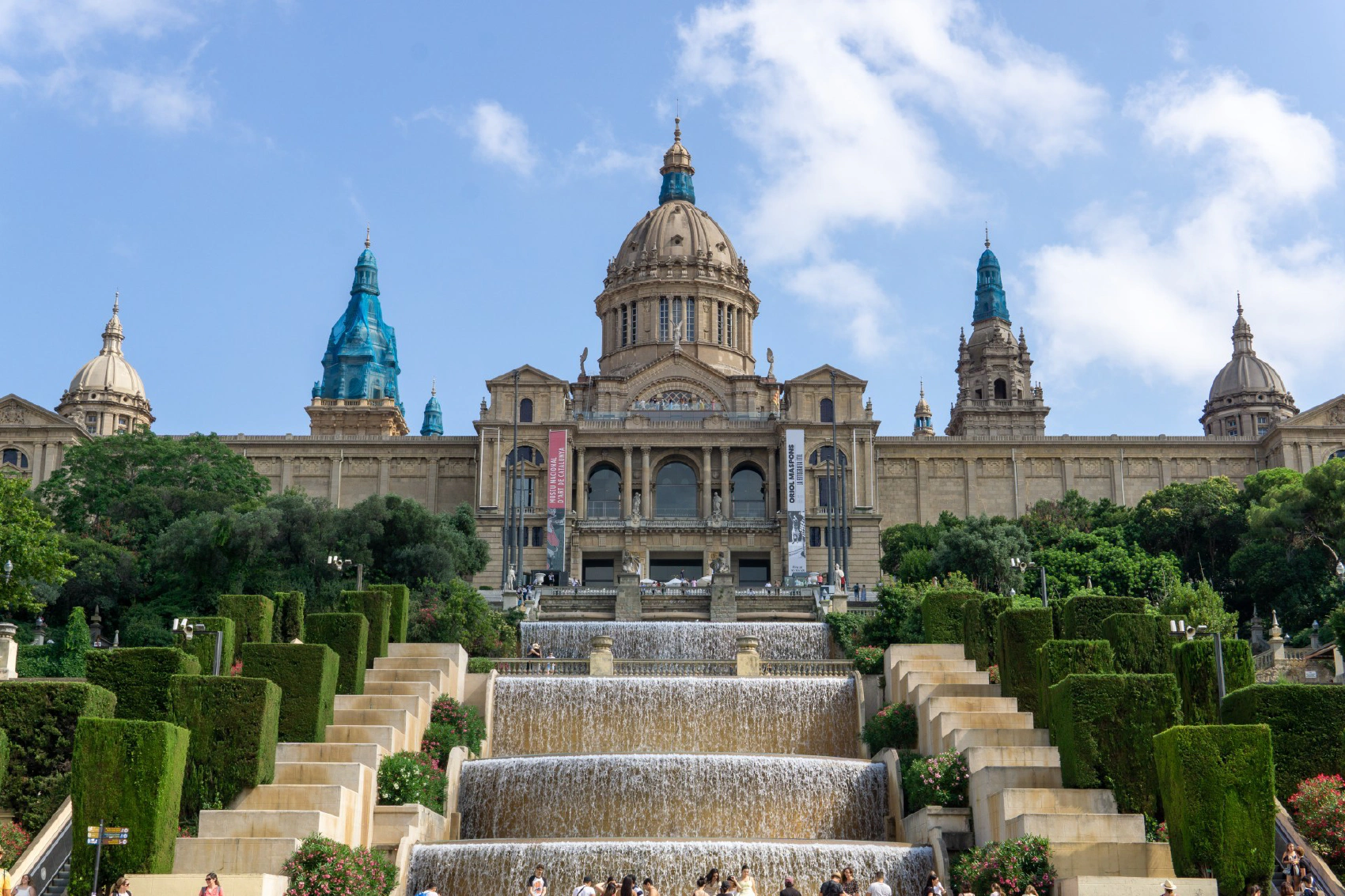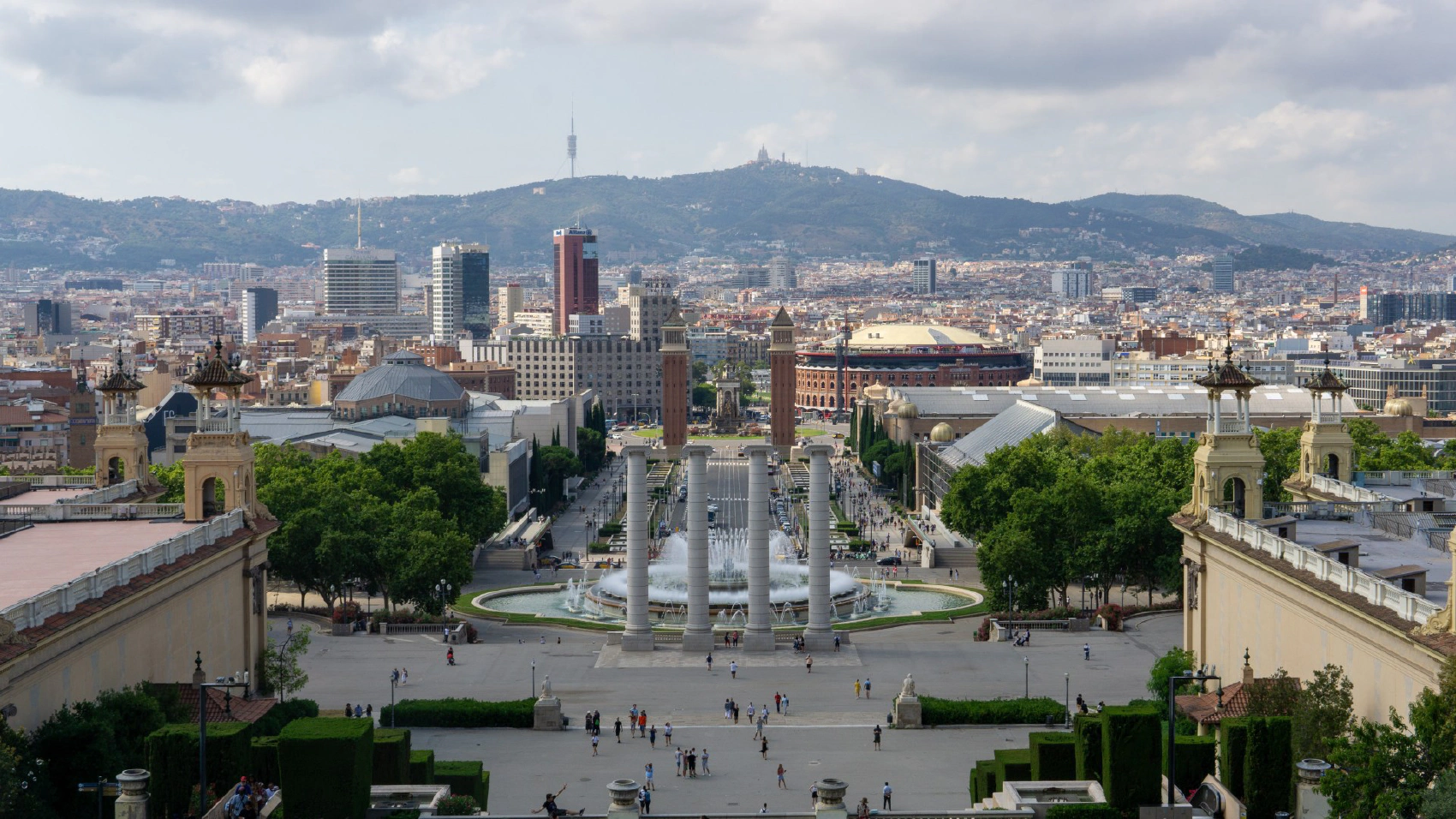I’ve heard a lot of good things about Barcelona and I have always wanted to visit it. My trip to Barcelona started rather unexpectedly, I just wanted to get a Schengen visa, and I was advised to pick Spain as a country of first entrance because Spain tends to issue longer visas which can be re-used later to visit other EU countries.
Table of Contents
Preparation
I’ve had an unpleasant experience with filing for a Schengen visa before, it was at a Czech embassy and they gave me a visa with a validity period of two weeks which is bogus, so I’ve decided to never apply for such a visa in countries that have a bad track record in terms of the length of visas they issue. Spain, on the contrary, is known for its generous visa policy, so I decided to apply for my new visa there and I wasn’t disappointed.
That said, I had to fly to Spain and my sights fell on Barcelona as my first destination. The flight from Moscow to Barcelona took about 4.5 hours and the first thing I noticed after arrival is how different the weather in Barcelona compared to Moscow. The weather in Moscow was not particularly pleasant this summer but the weather in Barcelona was perfect: very sunny and no rains. With such weather, the only thing I needed was just a small bag with a few days stock of light clothes, so I didn’t take any baggage with me.
Hostel
I managed to avoid hostels for a couple of years but the hotel prices in Barcelona motivated me to reconsider. I wouldn’t say that the hostels are cheap in Barcelona, they start from $40 per night, and it’s especially shocking for someone who lives in Asia. For the same price, you can find a decent hotel in Thailand, but $40 per night is still much better than $120+ which you have to pay for a hotel room in Barcelona.
The hostel I stayed in is called “Safestay Passeig de Gracia”, and it was pretty nice, except the fact that I had to buy my own lock, and it turned out that my stay wasn’t actually as safe as the name of this hostel implies: some guy on the same floor with me left his iPhone unattended for a few minutes, and the device was gone without any traces.
Getting By
Barcelona has a convenient system of public transport and there are many ways to get to the most interesting places in town. After my arrival, I’ve decided to buy an unlimited ticket to Barcelona subway, and you can actually use the subway to get from the airport to any hotel downtown. It’s also possible to use a bus or taxi in order to hit town.
Interestingly, the same subway ticket is also valid for funicular rides to Montjuïc Castle, one more reason to check it out. The castle itself is pretty small, but it offers a nice view on the city, something like this:
How to Stay Online
There are plenty of small electronic shops everywhere, and they can sell you a pre-paid mobile data plan for €15-€30, depending on your needs. I picked 10 GB option for €30, and it was an overkill, but it relieved me of any worries about any traffic limits I could potentially hit, so it was worth it.
Picasso Museum
I’m a big fan of museums, so the first place I visited in Barcelona was the Picasso museum. The exhibition there walked me through the life of Picasso, and it also showed some of his works. I’m not that interested in art, so I can’t really comment on that, but I enjoy studying history and this exhibition gave me a lot of information on the historical context of Picasso’s life. Contrary to my previous knowledge, Picasso wasn’t only a great painter, but he also was an established sculptor and photographer.
While you are there, it might be worthwhile to check the Gothic Quarter and the street nearby Gambrinus Lobster statue:
National Palace
National palace is a beautiful building nearby Plaça d’Espanya. It has a good view on the city, and it has a lot of spots where you can hide from The Sun.
Here is the view that covers Plaça d’Espanya and the most of the city:
Antoni Gaudí
Antoni Gaudí was a Spanish architect who left quite a footprint in Barcelona. His most famous work is La Sagrada Familia which is still under construction and expected to be finished by 2026. I also checked out a couple of residential buildings that he created: Casa Batlló and Casa Milá. Most of Gaudí’s works are walking distance away from the downtown, so it’s easy to visit them even if you have a limited time at your disposal.
Food
Catalonia, as well as Spain and Portugal are perfect places to try an Iberian ham. I ordered it several times, and I was surprised with how the waiters served it. Once, the waitress just gave me a plate with ham, a few toasts and a whole tomato. I’m an engineer, so I’ve quickly figured out that I have to place ham on the toasts, but I was unable to figure out what to do with that tomato. The waitress was out of reach, so I had to ask Google.
It turned out, Catalonians like to toast their bread first and then polish it with fresh tomato to make one side of the toast a bit softer and to their taste. I tried to do that and it tasted great.
As of the other food in Barcelona, I’ve found it rather ambiguous. Let’s take tapas as an example: anything can be called tapas, as long as the portion is small, so it’s not a particular recipe, it’s more like a format. I’ve tried a few tapas places and they were pretty great. I liked the fact that due to a smaller serving size it’s possible to try many dishes without the worry that your stomach will explode.
Conclusion
I really liked Barcelona and I hope that I’ll be able to visit it again. The city is very comfortable, the climate is warm, and the people are cheerful and welcoming. Barcelona is a part of Catalonia which considers itself an independent state, and it looks like the majority of Catalonians want independence. It would be interesting to see what happens next, maybe next time I’ll need another kind of visa in order to visit Barcelona again.




